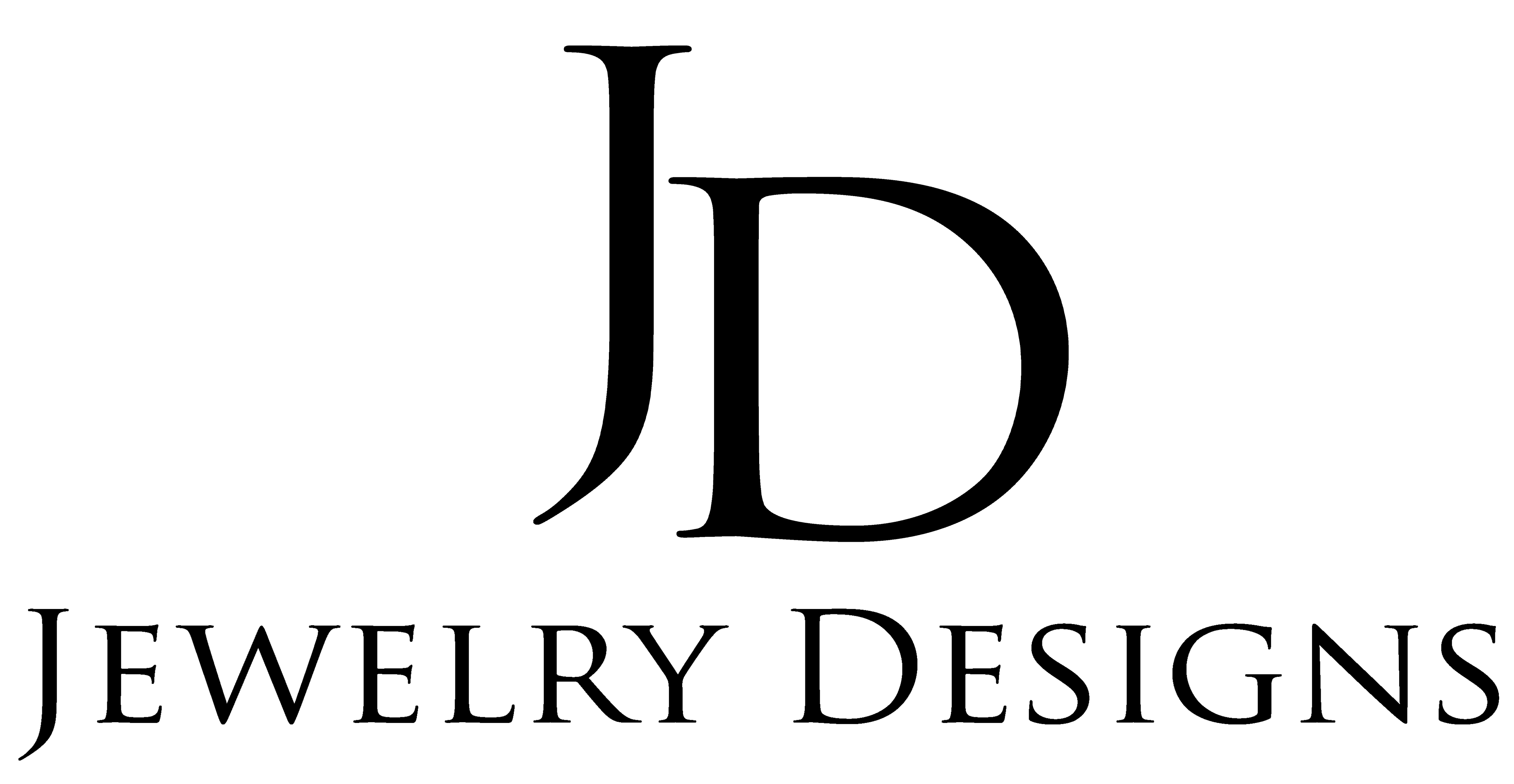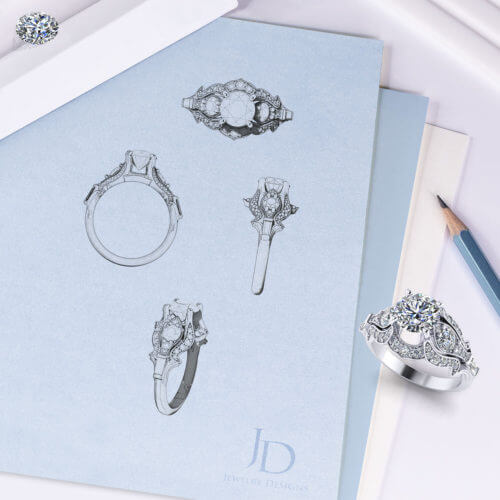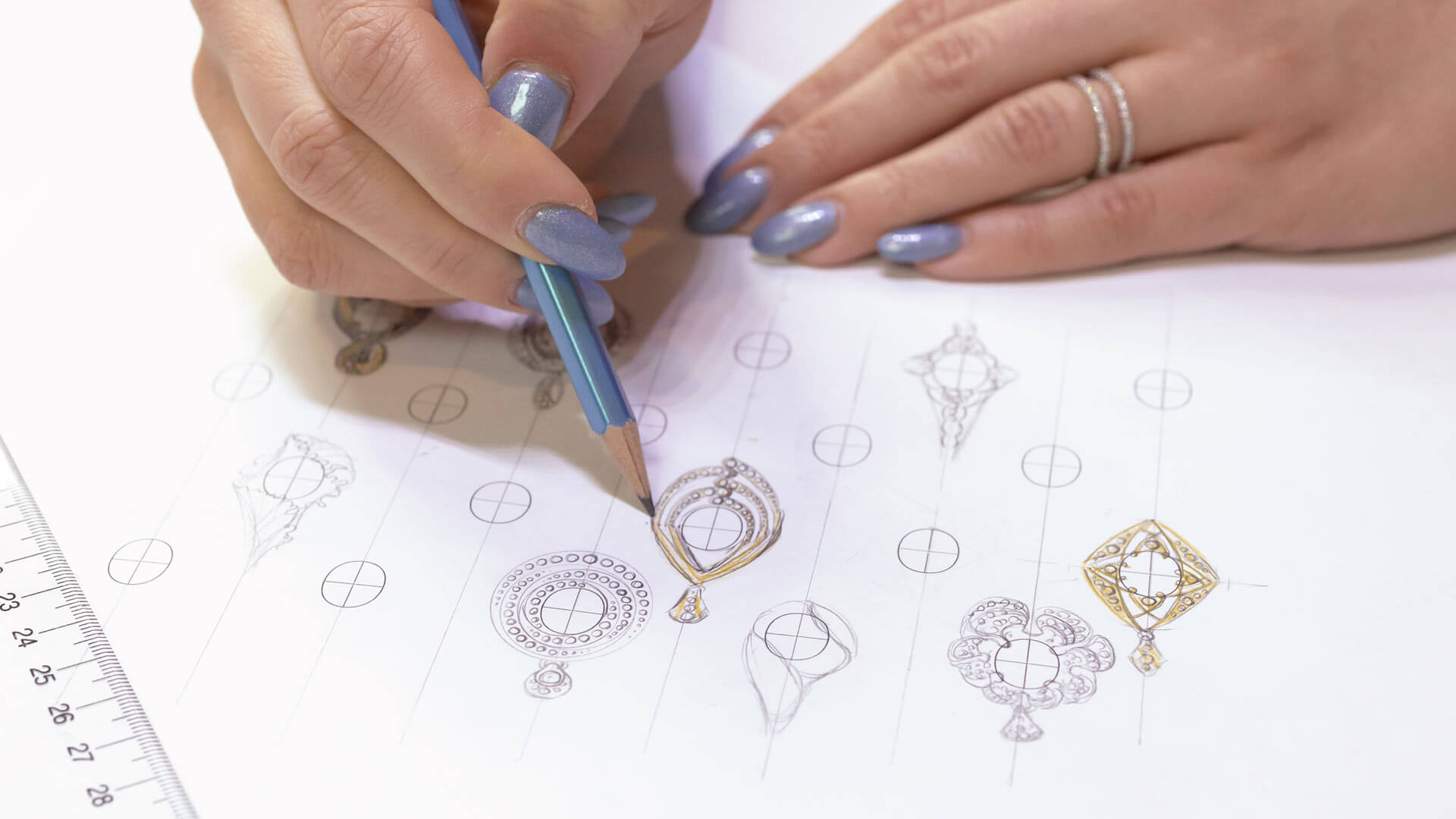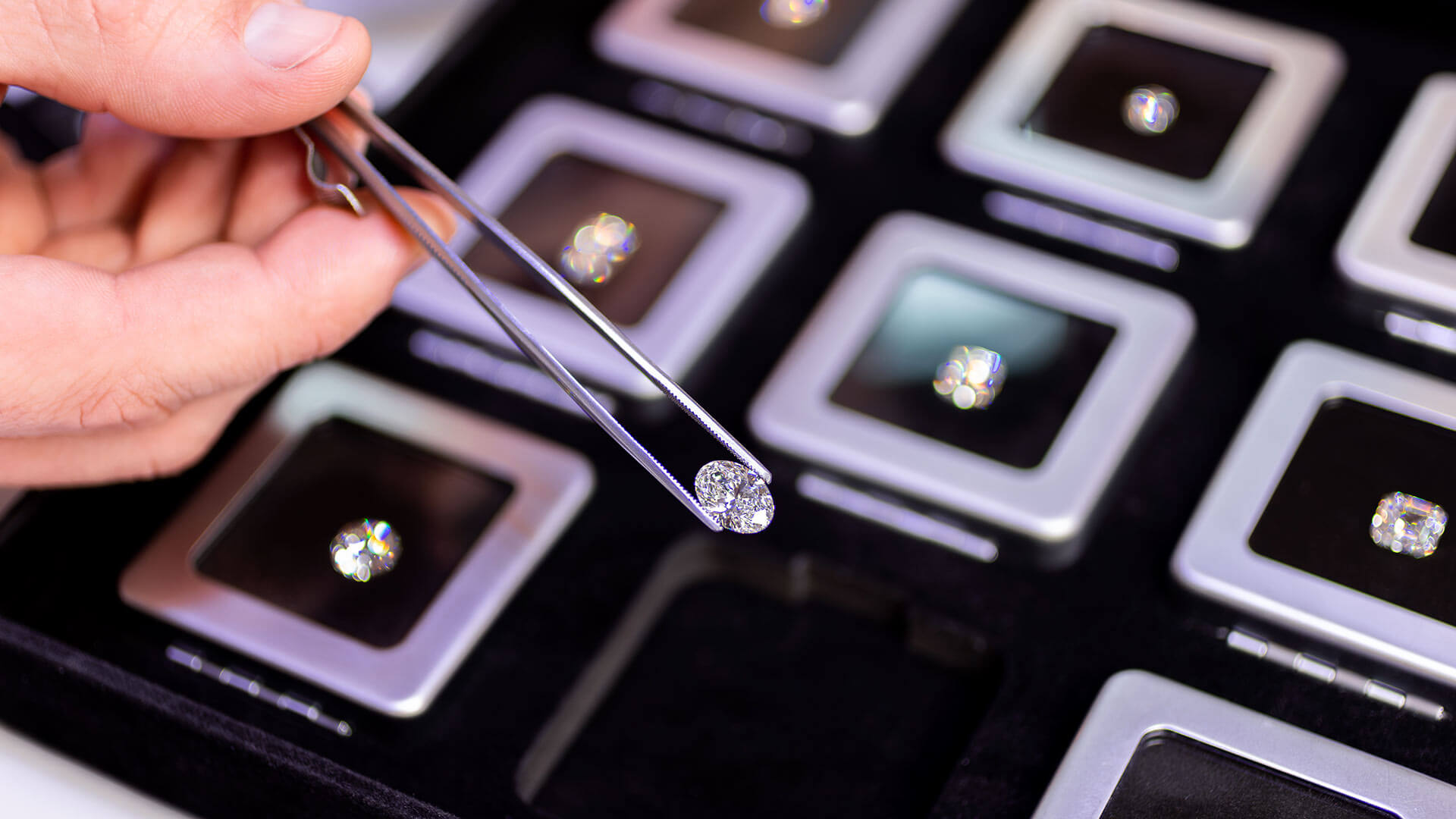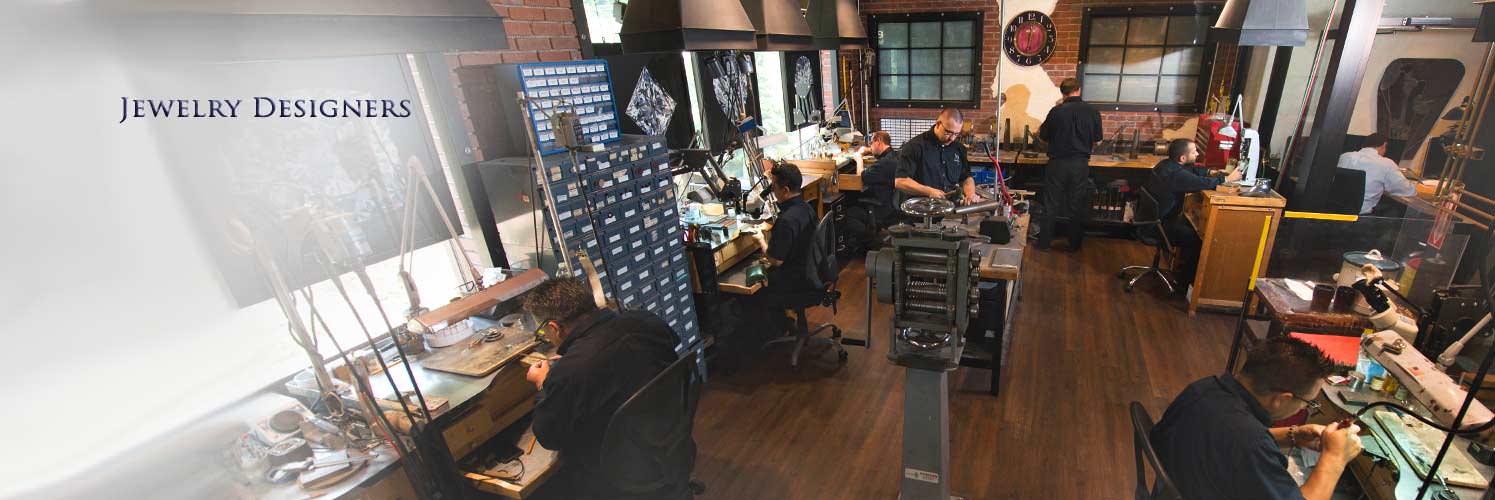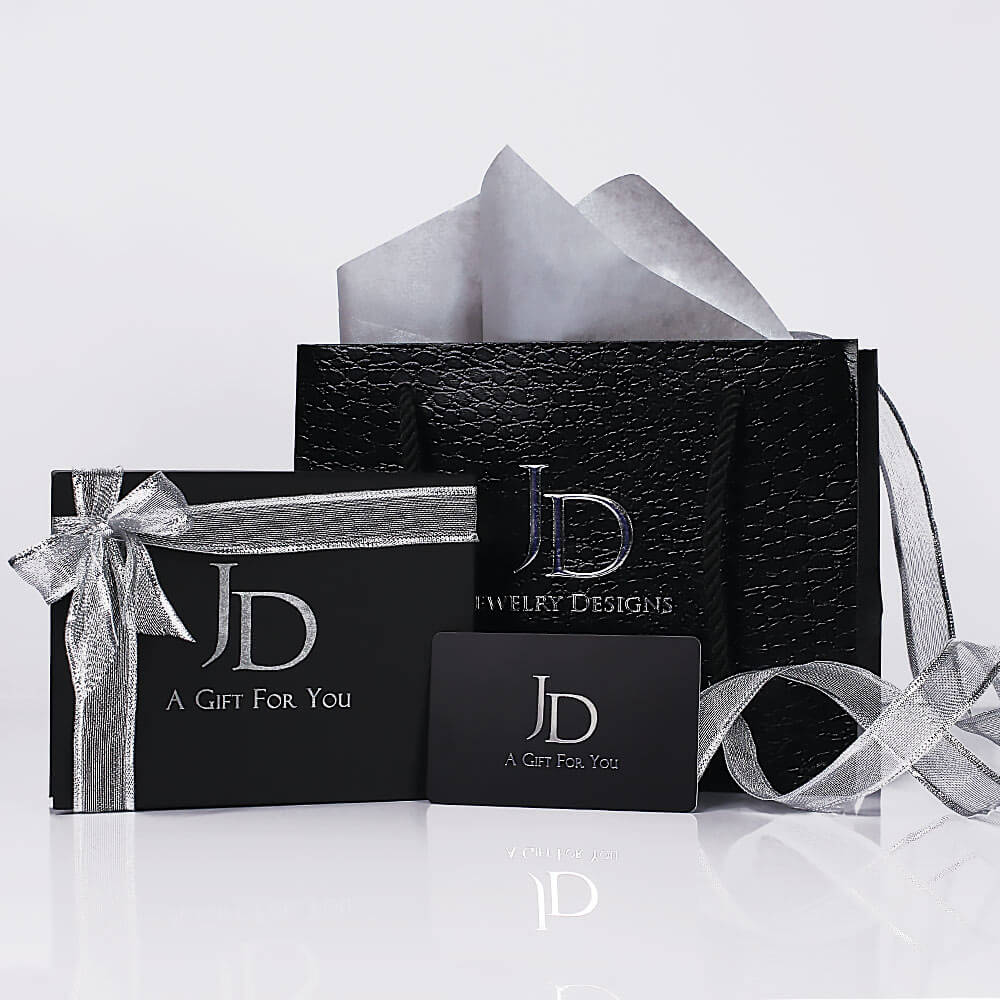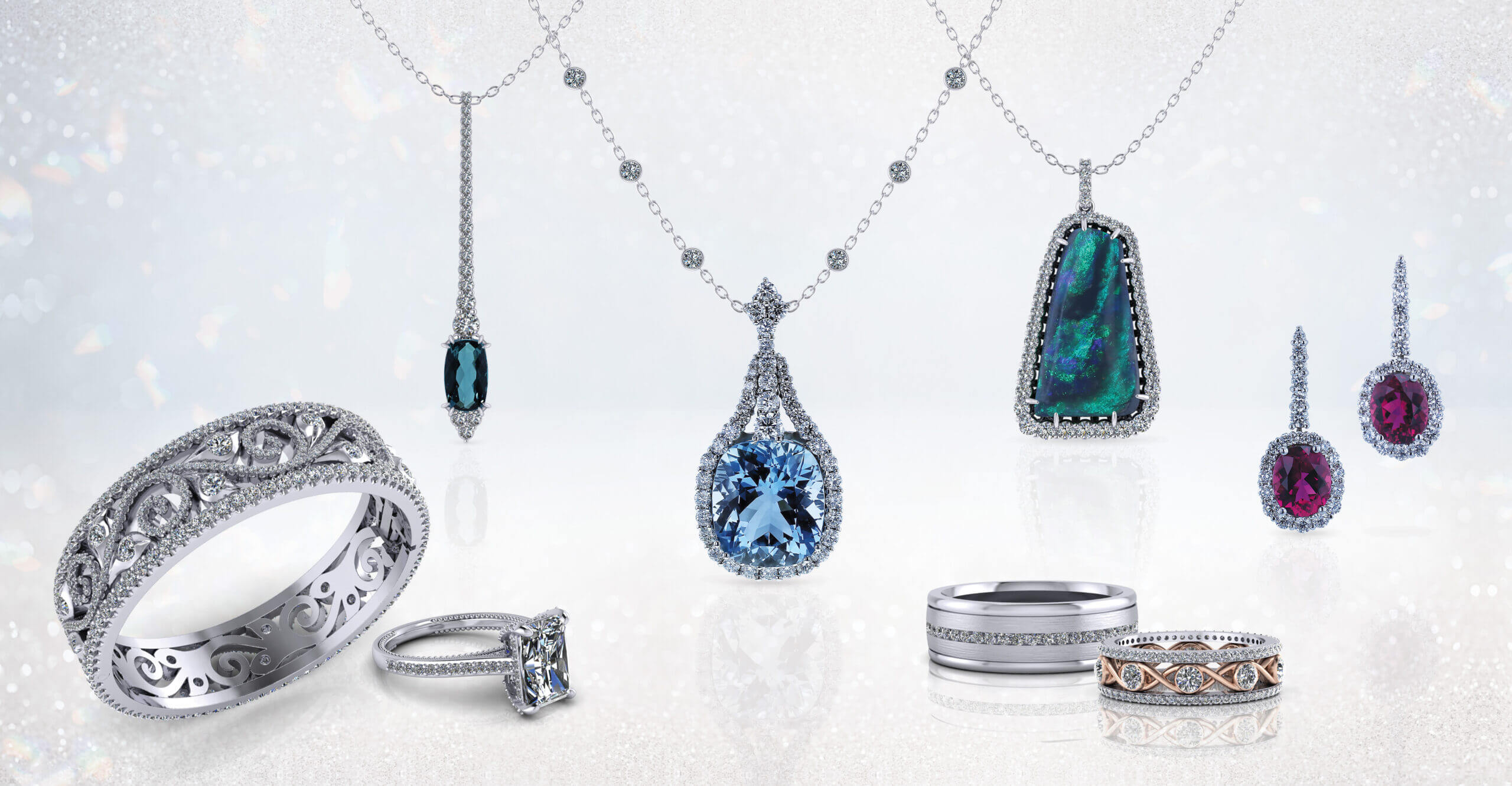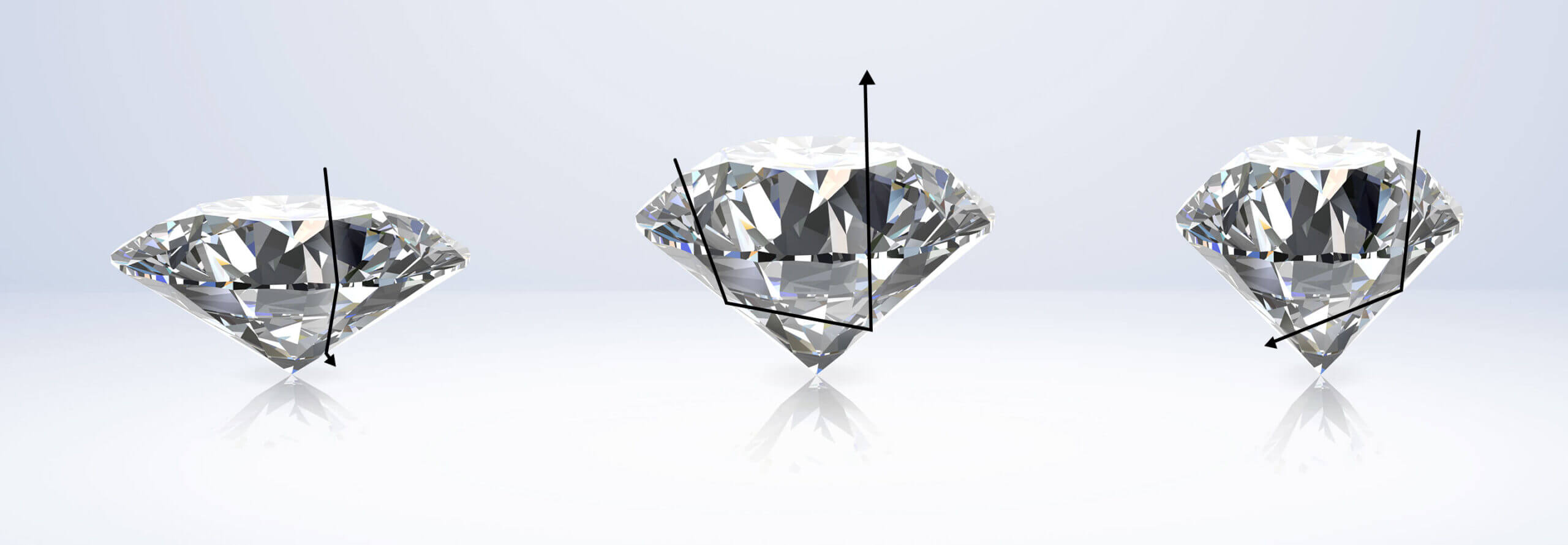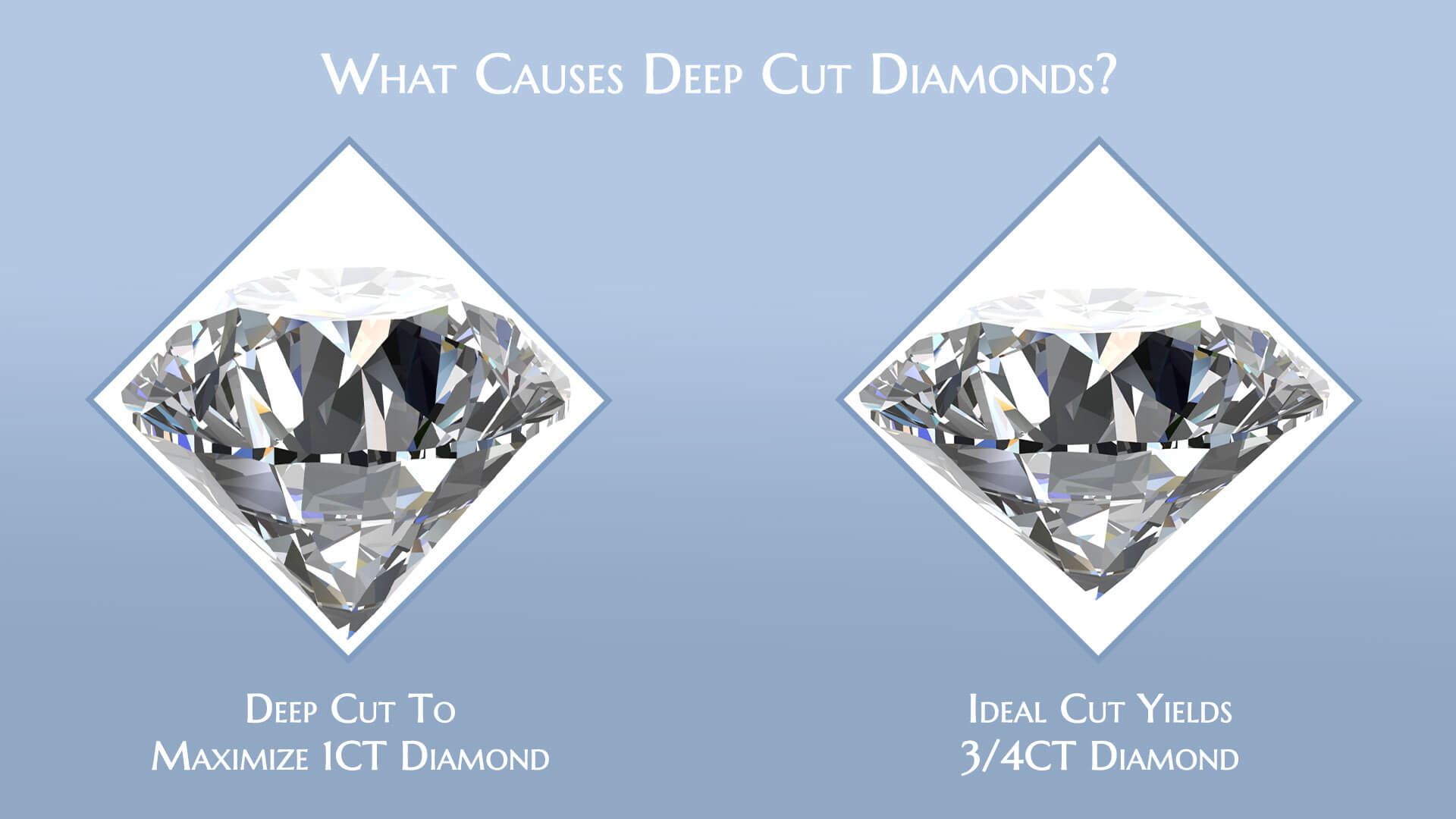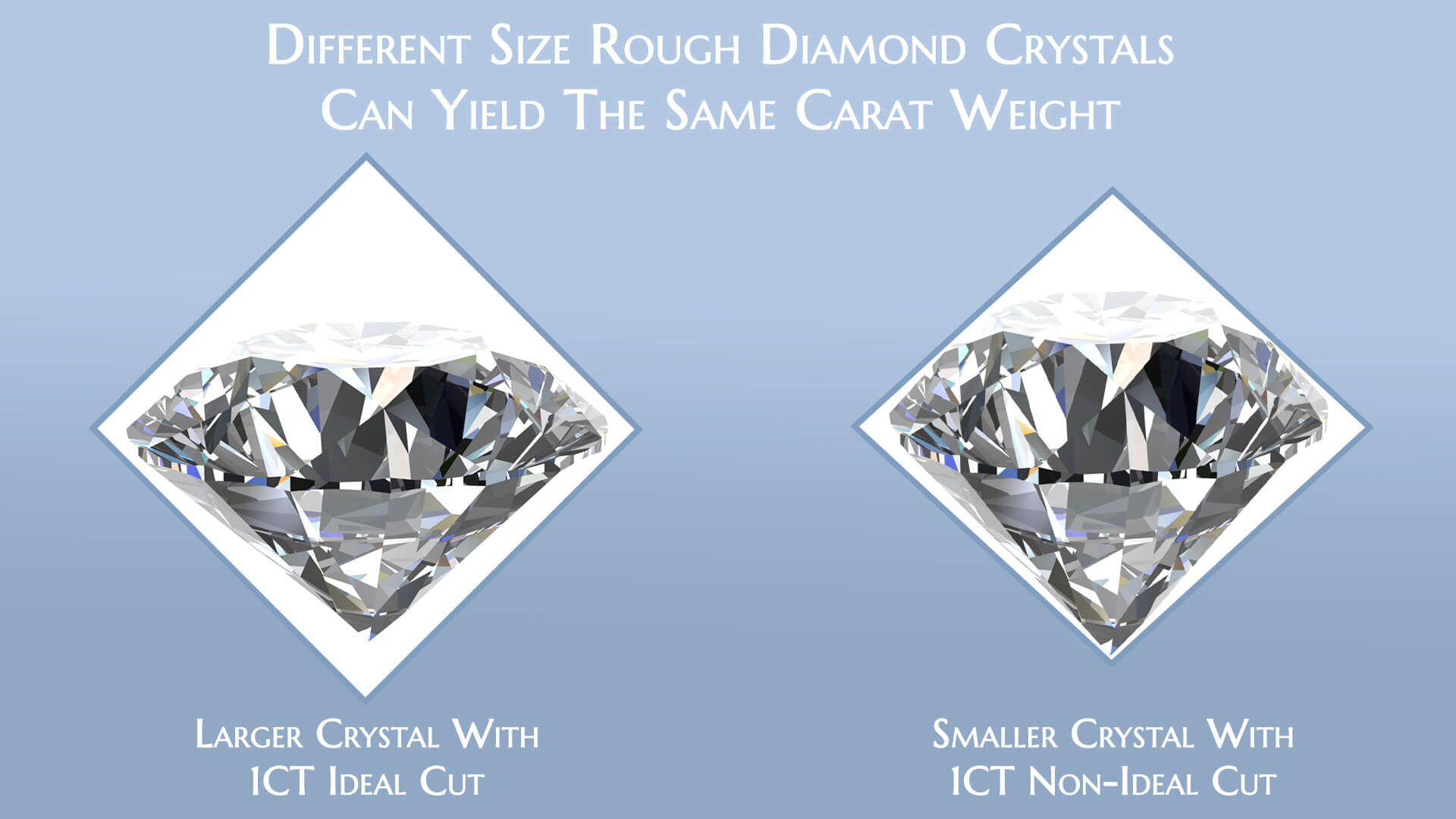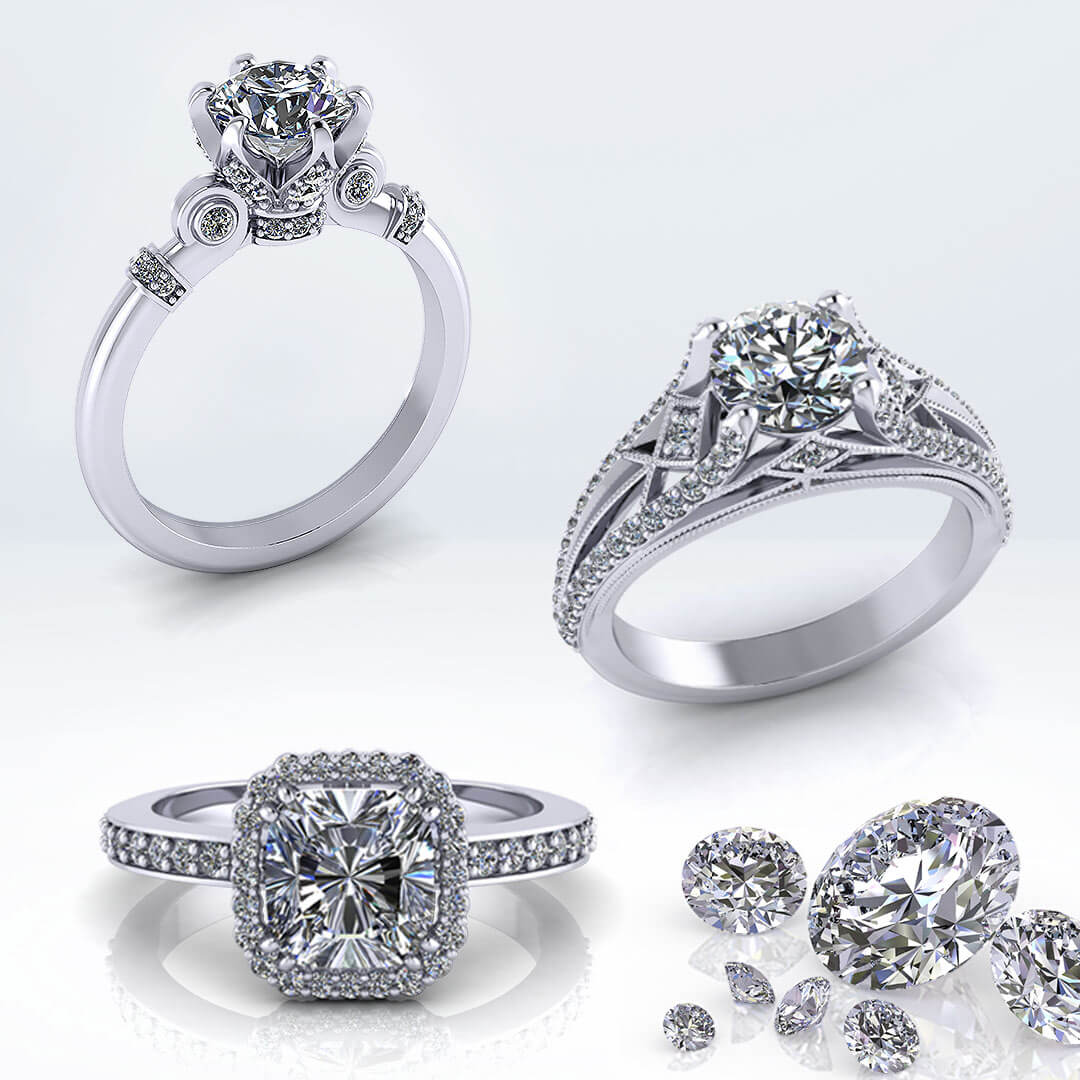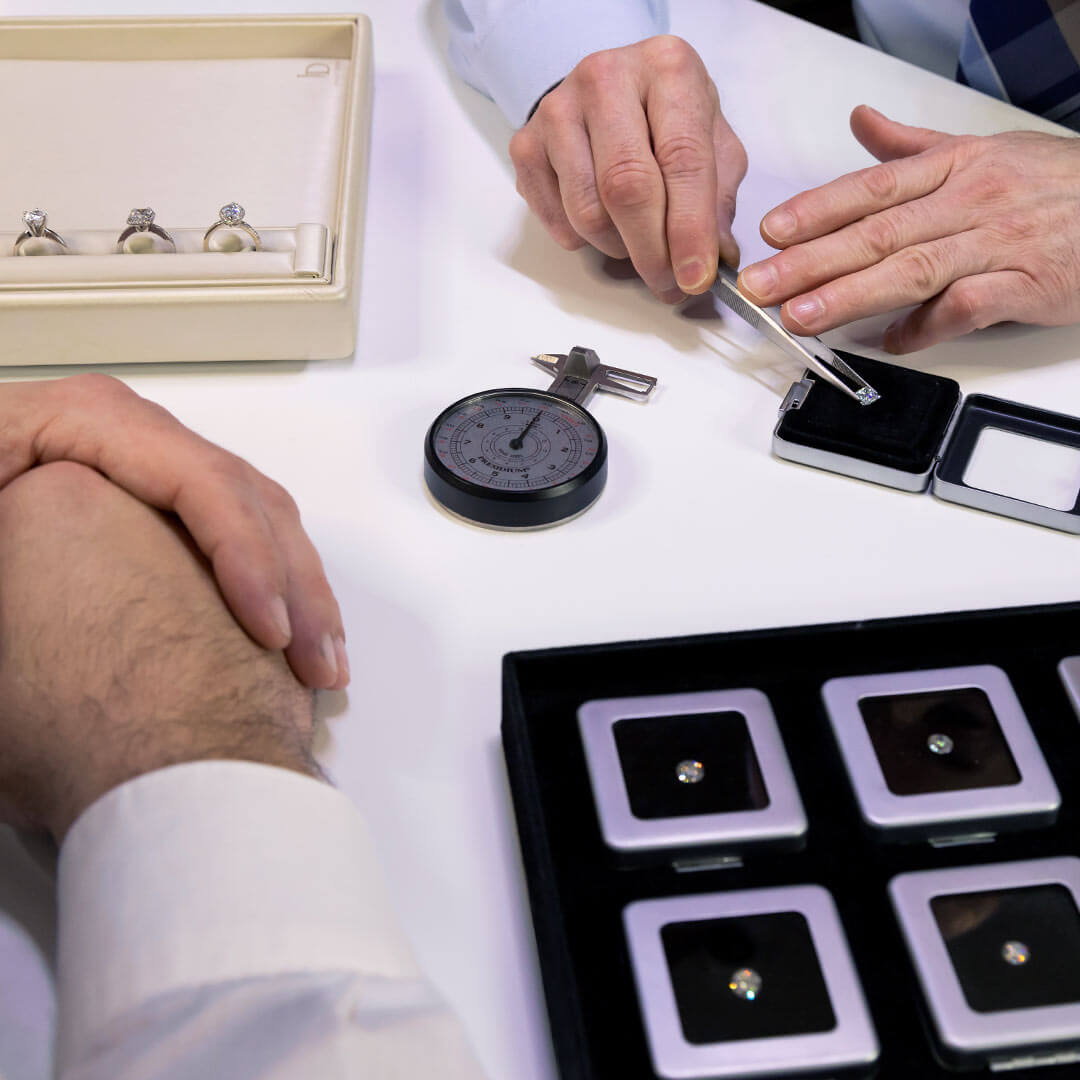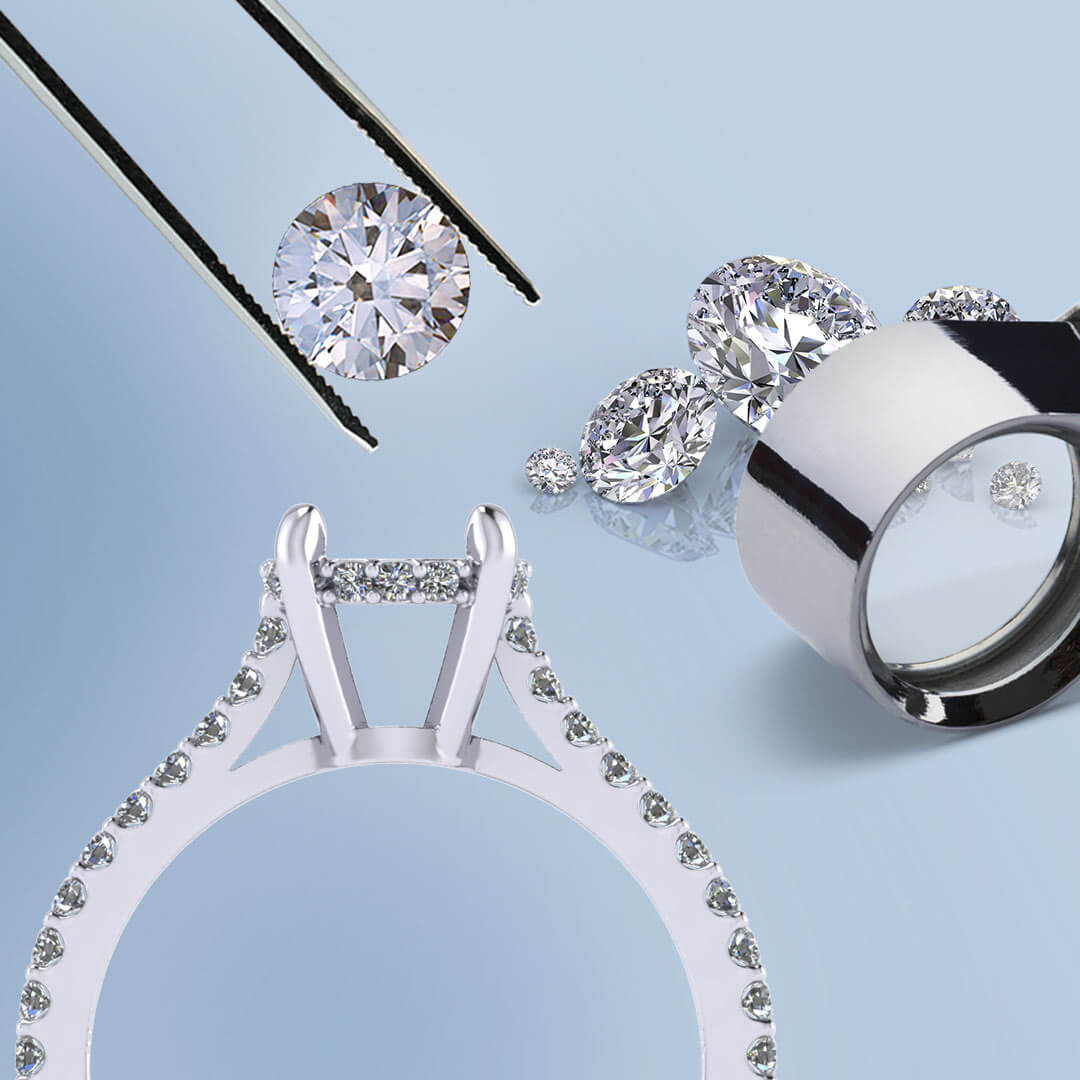Diamond Cut
The grading of diamond cut should not be confused with the different shapes of diamonds. For each of the diamond shapes there is a set of proportions and critical angles that a diamond should be cut to in order to maximize its brilliance, fire, and scintillation. The closer the diamond is cut to these standards, the more brilliant it will be. Unfortunately, cut is the most difficult aspect of diamond grading for someone to understand, yet it may play the greatest role in how bright your diamond is. Diamonds that are poorly cut may appear bright in jewelry stores under specific lights, but they may appear dull in dim or normal lighting. Likewise, poorly cut diamonds lose their luster once covered with make-up, lotion, or soap films.
An ideal cut diamond reflects light extremely well in virtually any environment. Similar to how a perfectly smooth mirror reflects your image back to you, you will get incredible return and shine from a diamond if has been expertly cut. On the contrary, a poorly cut diamond is comparable to a glass that’s been pulled from the dishwasher with water spots. The reflective properties have been tarnished, and the spots or flaws become apparent. Obviously, you want your diamond to be like the mirror. Another benefit of a properly cut diamond is that it will reduce the diffusing effects of makeup, lotion, hairspray, or any other substance on the stone.
This illustration represents 3 round diamonds with the same mass. We will refer to them as 1 carat in weight. In brief, diamond clarity is usually determined with a microscope, diamond color is detectable by eye, but if the stone is cut poorly it will not glisten. A low grade diamond cut can quickly cancel all of the color and clarity benefits you have sought.
